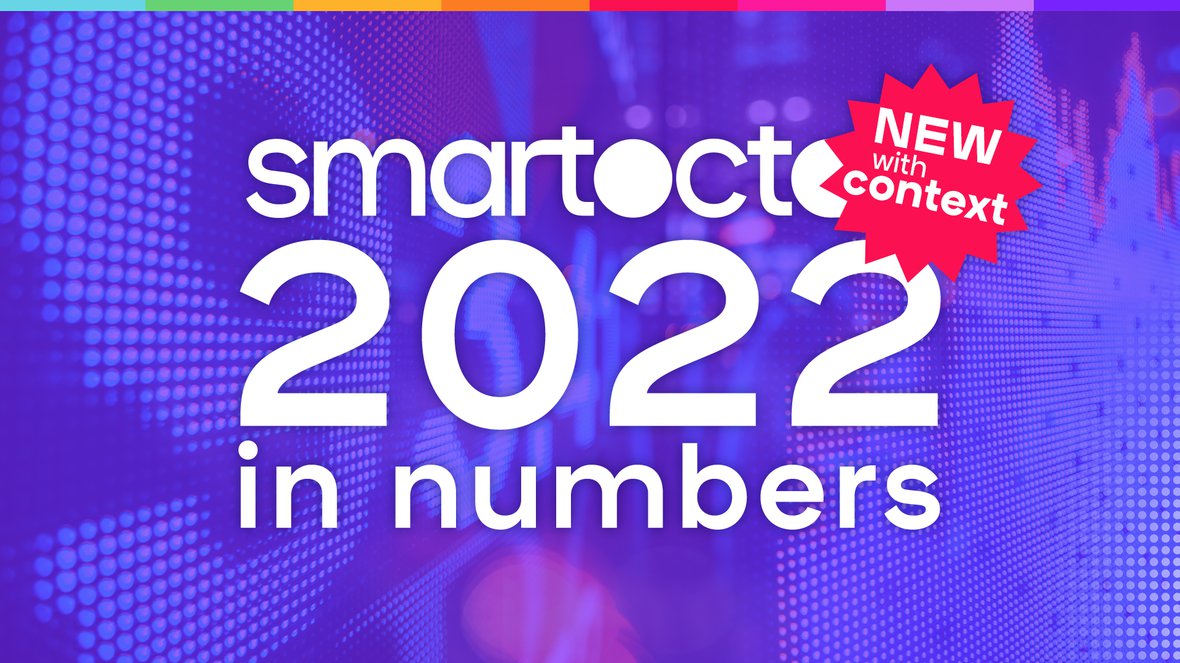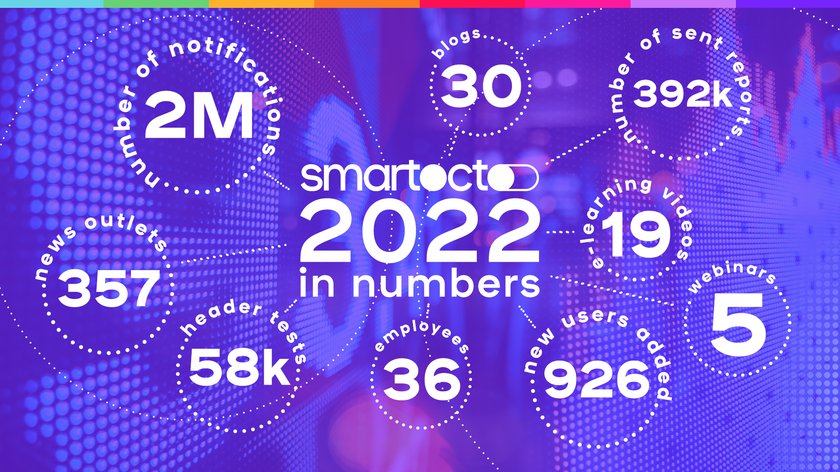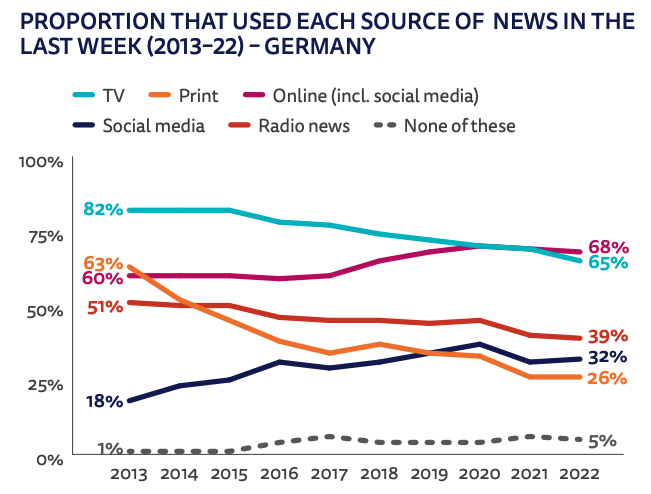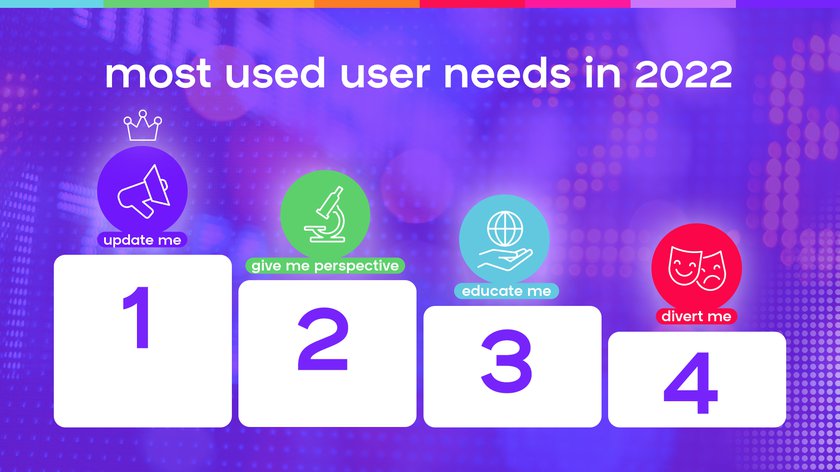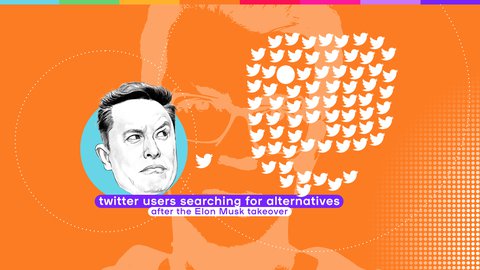What are your accomplishments over 2022 saying to you? As we were looking back over the year, we felt that while it’s interesting to look at year-on-year achievements, it’s more useful to put them in the context of what’s happened over the past decade.
In 2012, Facebook bought Instagram for 1 billion dollars. Barack Obama was re-elected president of the United States and Vladimir Putin was elected president of Russia. We didn’t yet have a Paris agreement on tackling climate change and Great Britain was still part of the European Union. Scientists discovered some novel coronavirus and nobody panicked. In Qatar, none of the Football World Cup stadiums had been built.
Oh, and… smartocto didn’t exist as a company either - until three years later.
Ten years ago, broadcasters and publishers worldwide knew that they had to transform into online companies somehow. Maybe a couple of them were using Google Analytics to improve their online strategy, but not many editors were actively using data tools. Here’s a list of 10 popular tools in 2012 that helped get insights of visitor’s behaviour.
Since then, editorial analytics have developed from simple pageview trackers towards tools that give actionable notifications that help editors directly in their journalistic work. In 2022, smartocto launched these features:
- Smartify > AI-powered editorial suggestions
- Smartocto connect > boosting your own data lake
- The Quadrant Model > visualisation of story and topic/user needs performances
- Waves 2.0 > real time oversight
- Smartocto academy > learn to make better use of data
